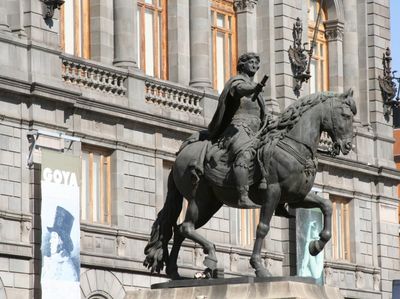El Caballito, Bronze equestrian statue in Plaza Manuel Tolsá, Mexico City, Mexico
The monument features Charles IV of Spain mounted on a horse, with the king holding a commanding staff in his extended right hand.
Manuel Tolsá created this bronze sculpture between 1796 and 1803, using between 450 and 600 quintales of bronze material for its construction.
The statue represents the final period of Spanish rule in Mexico, surviving independence movements due to its recognition as an artistic masterwork.
The monument stands in front of the National Museum of Art, near the Palace of Mining, after being relocated multiple times throughout its existence.
At 26 tonnes, this bronze equestrian statue ranks as the second largest cast bronze sculpture in existence worldwide.
Location: Mexico City
Inception: August 4, 1802
Creator: Manuel Tolsá
Made from material: bronze
GPS coordinates: 19.43605,-99.13948
Latest update: November 14, 2025 13:49
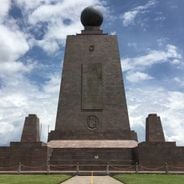
South America preserves a monumental heritage that reflects centuries of history, from pre-Columbian civilizations to the contemporary era. This collection includes archaeological sites, colonial-era religious buildings, public squares, and modern artistic creations scattered across the continent. Each monument tells a part of South American history, whether it be ancient fortresses, Baroque churches, or recent sculptures. Among these sites are the Santa Catalina Arch in Antigua, Guatemala, a 17th-century construction that once connected two convents; the Public Market in Porto Alegre, Brazil, a functioning 19th-century commercial building; and Desert Hand in Chile, a contemporary sculpture of 11 meters rising from the Atacama Desert. The Middle of the World monument near Quito, Ecuador, marks the equator line, while the Christ of the Pacific overlooks Lima from its hill. These monuments, whether of pre-Columbian, colonial, or modern origin, provide tangible insight into the cultural and architectural development of the South American continent.
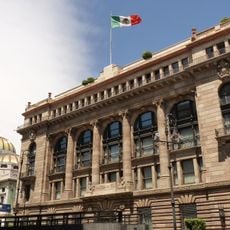
Bank of Mexico
149 m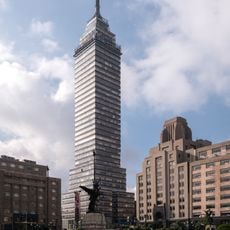
Torre Latinoamericana
266 m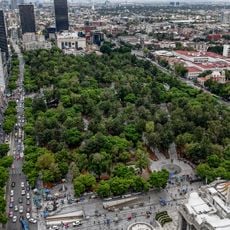
Alameda Central
466 m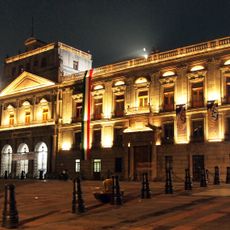
Palacio de Minería
55 m
Museo Nacional de Arte
38 m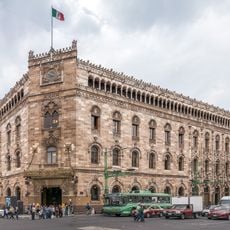
Palacio de Correos de Mexico
105 m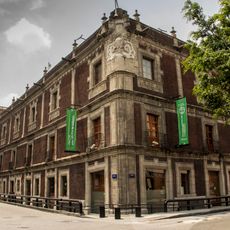
Interactive Museum of Economics
132 m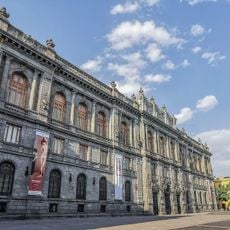
National Art Museum
19 m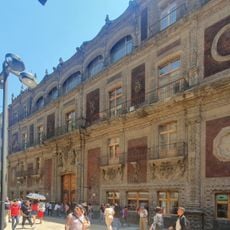
Palace of Iturbide
262 m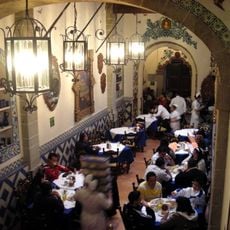
Café de Tacuba
199 m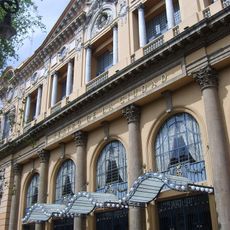
Teatro de la Ciudad
237 m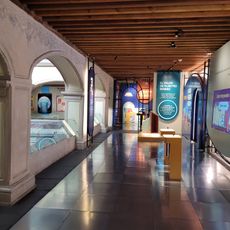
Interactive Museum of Economics
131 m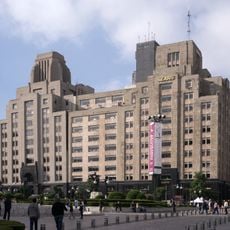
Edificio La Nacional
271 m
Palacio de la Secretaría de Comunicaciones y Obras Públicas
38 m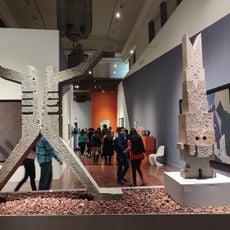
Palacio de Bellas Artes
189 m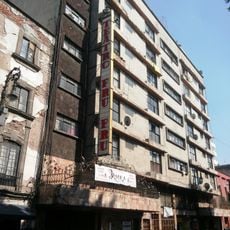
Teatro Fru Fru
125 m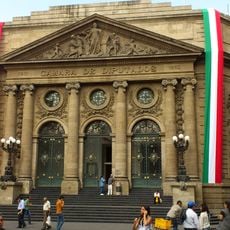
Palacio Legislativo de Donceles
213 m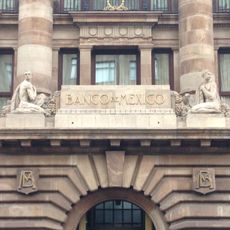
Banco de México Building
147 m
Templo Expiatorio Nacional de San Felipe
259 m
Edificio Guardiola
207 m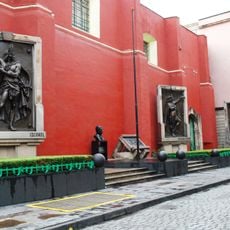
Garden of the Triple Alliance
62 m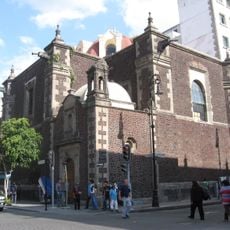
Library of the Congress of Mexico
174 m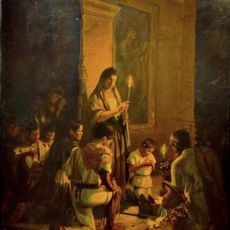
The wake
26 m
Museo del Telégrafo
61 m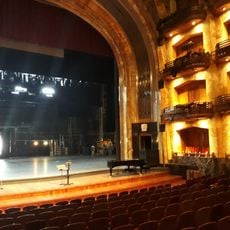
Museo Nacional de Arquitectura
189 m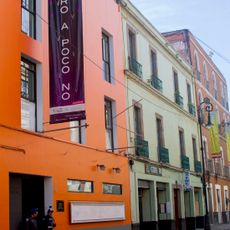
Foro A Poco No
138 m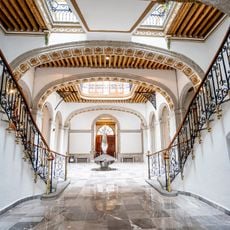
MUPE, Museo del Perfume
83 m
Reviews
Visited this place? Tap the stars to rate it and share your experience / photos with the community! Try now! You can cancel it anytime.
Discover hidden gems everywhere you go!
From secret cafés to breathtaking viewpoints, skip the crowded tourist spots and find places that match your style. Our app makes it easy with voice search, smart filtering, route optimization, and insider tips from travelers worldwide. Download now for the complete mobile experience.

A unique approach to discovering new places❞
— Le Figaro
All the places worth exploring❞
— France Info
A tailor-made excursion in just a few clicks❞
— 20 Minutes

